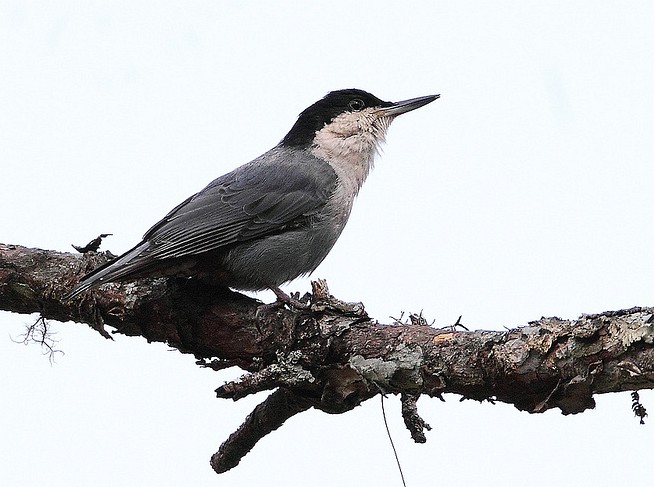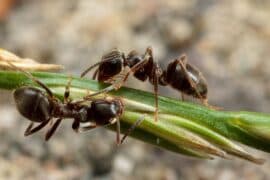Giant nuthatch
(Sitta magna)

Description
Sitta magna, commonly known as the Chinese nuthatch, is a small passerine bird that is endemic to the mountainous regions of China. The species belongs to the family Sittidae, which is a group of non-migratory, tree-climbing birds that are known for their strong bills, which they use to probe for insects under tree bark. Description: Sitta magna is a small bird, with an average length of 12 cm and a wingspan of 17 cm. The species has a distinctive appearance, with a blue-gray crown and nape, a black mask that extends from the eye to the nape, and a white throat and belly. The wings and back are a deep, rusty-brown color, and the tail is black with white tips. The bill is long and pointed, allowing the bird to probe deep under tree bark for insects. Distribution and Habitat: Sitta magna is endemic to the mountainous regions of China, including the provinces of Sichuan, Yunnan, Guizhou, and Hubei. The species inhabits coniferous and mixed forests at elevations ranging from 1000 to 3500 meters above sea level. The bird is non-migratory, and it is known to be relatively sedentary within its range. Behavior: Sitta magna is a non-migratory bird that is known for its tree-climbing abilities. The species is primarily insectivorous, feeding on a variety of insects that it probes for under tree bark. The bird is also known to eat seeds and nuts, particularly during the winter months when insects are scarce. Sitta magna is generally a solitary bird, although it is occasionally seen in small groups during the non-breeding season. Breeding: Sitta magna is a monogamous species that breeds once per year. The breeding season occurs between April and June, and the female typically lays a clutch of 4-6 eggs. The nest is constructed in a tree cavity or crevice, and it is made from a variety of materials, including grass, moss, and bark. Both the male and female take turns incubating the eggs, which hatch after a period of 14-15 days. The chicks fledge after approximately 18-21 days, and they are cared for by both parents until they are able to fend for themselves. Conservation Status: Sitta magna is listed as a species of least concern by the International Union for Conservation of Nature (IUCN). The bird's range is relatively large, and it is considered to be a relatively common species within its range. However, the species may be at risk from habitat loss due to deforestation, particularly in its lower elevation habitats. The species is also vulnerable to climate change, which may impact its ability to find suitable habitat as temperatures and precipitation patterns change. Conclusion: Sitta magna is a small, but distinctive species of bird that is endemic to the mountainous regions of China. The species is known for its tree-climbing abilities and its strong bill, which it uses to probe for insects under tree bark. While the species is relatively common within its range, it may be at risk from habitat loss due to deforestation and climate change. Further research is needed to understand the potential impacts of these threats on the species and to develop effective conservation strategies to protect it.
Taxonomic tree:







